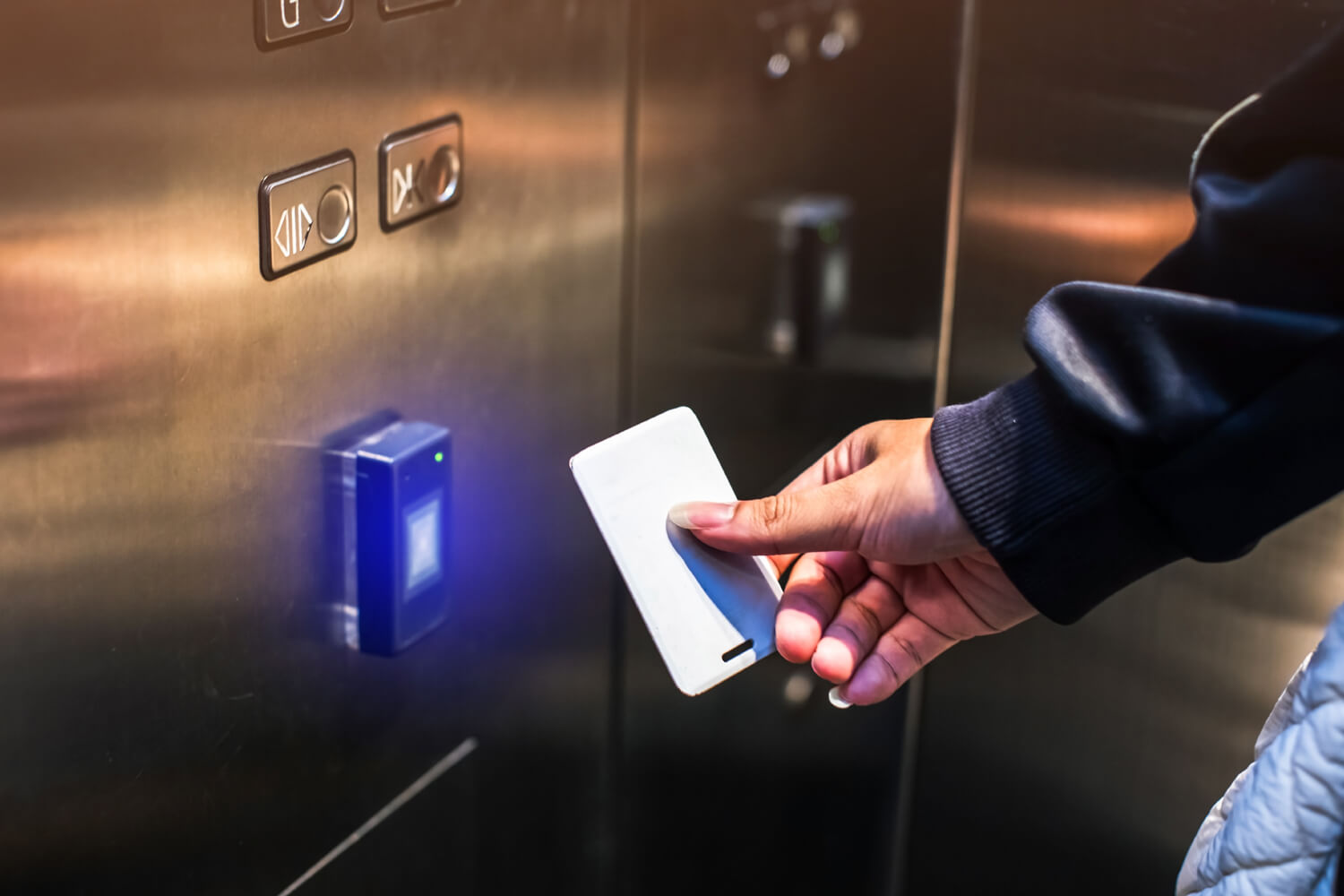How can you keep an elevator safe? Installing elevator security cameras can pinpoint dangerous activity inside the cab, but what about preventing system malfunctions? Elevator buffers are the answer.
These crucial components offer unmatched impact absorption capabilities to protect riders. In this guide, our experts break down three elevator buffer types and how they impact your next ride.
1. Spring Buffers
Picture a strong, curly coil sticking out of the ground. What would happen if you stomp your foot on it? Chances are, the spring would resist some of the weight and prevent the ground from experiencing the full impact.
That’s kind of how elevator spring buffers work. The coil-like design allows the piece to compress and contract. In the process, it reduces kinetic energy within the elevator system so the cab can come to a complete stop.
Spring buffers are great for slow-moving elevators, and they last a while thanks to their corrosion-resistant design and materials. One downside is that they may not provide as smooth a ride as other elevator buffer types.
2. Hydraulic Buffers
How do hydraulic buffers work? Instead of storing energy, they actually turn it into heat. The basic process involves the following steps:
- The lift strikes the buffer between the counterweight shaft and the bottom of the cab.
- Buffer oil flows through the orifice holes to absorb energy from the elevator.
- The kinetic energy turns into heat.
- The elevator gradually slows down to come to an even, measured halt.
Systems that use this type of buffer can generally travel at any speed, which is why experts recommend them for various applications. However, bear in mind that hydraulic buffers need more maintenance than other elevator buffer types.
The oil must meet various temperature and viscosity requirements. The fluid could leak over time and impact the efficacy of the system. It’s crucial to schedule routine maintenance to check for leaks and refill the oil, if necessary.
3. Polyurethane Buffers
If you’re looking for a low-maintenance safety system with an impressive buffer capacity, you can’t go wrong with the polyurethane variety. A polyurethane buffer can absorb great amounts of impact and then safely release the stored energy once the elevator comes to a complete stop.
The synthetic rubber material is a modern, mess-free solution, so some installers prefer it to the alternatives. In addition, polyurethane buffers offer the following advantages:
- Quiet operation
- Minimal maintenance requirements
- High impact resistance
They are best suited for systems that can travel up to one meter per second. Even though they don’t require much maintenance, it doesn’t mean you can neglect overall system upkeep. Schedule regular service checks for peace of mind.
Make Your Elevators Safer With ELEVATE Monitoring
These elevator buffer types play an important role in elevator function and safety. Are you wondering what else you can do to improve your elevators? ELEVATE Monitoring offers premier elevator safety mechanisms, including two-way communications. Invest in our products and services and get ready to transform your property.
To request a quote, contact us online or call 877-990-9191.


